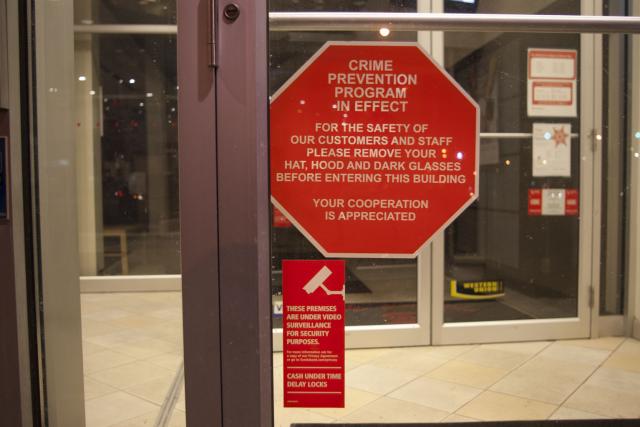Should PDF be killed too? (second thoughts on @NellChitty’s (rhetorical?) question)
Submitted by Ambrose on Mon, 2016-05-23 11:24
Yesterday, Vitamin T retweeted an article on Web Designer Depot claiming Flash is dead (in Chrome), and we really mean it this time.”
The article is surprisingly misinformed. (For one, Linux users will not “rejoice” because finally throwing out a piece of garbage that has been gathering dust in the attic isn’t cause for rejoicing – Flash is not working on Linux and has not been since ages ago. Let’s not even get into the question of how YouTube is even relevant.)
But the article does suggest an interesting related question: Should PDF be killed too?
Just as Adobe has artificially kept the zombie of long-dead Flash version 11.2 “alive” on Linux, what they’re giving Linux is also just the zombie of long-dead Adobe Reader version 9.3.3. Yet even Apple’s Preview on recent MacOSX versions cannot understand some of the newest PDF’s generated by Adobe Reader DC, such as those with custom stamps. If even Apple’s Preview is incompatible, Adobe Reader on Linux is useless.
However, Adobe Reader DC features are increasingly used by, for example, professional editors. Just as most professional editors demand that their clients use Microsoft Word, they also demand that their clients use Reader DC. If the client uses only free software, then, it will not be possible to satisfy the professional’s demand except by succumbing to non-free software running on non-free operating systems. Then what Reader DC represents is really a privileged power (major software companies) trying to subjugate an already-oppressed population through the hands of unwitting accomplices.
If a PDF win is equivalent to oppression, then PDF must be defeated. Perhaps the only defensible answer to Nell’s (rhetorical?) question – at least in light of current circumstances – is that PDF must lose and HTML must win, perhaps in the form of EPUB.

 There is neither a braille nor an audio version of this notice anywhere.
So, in other words, “blind people and Muslim women are not welcome at our bank.”
Is such the attitude of our society’s institutions? Or are they just so insensitive that they didn’t know blind people exist
There is neither a braille nor an audio version of this notice anywhere.
So, in other words, “blind people and Muslim women are not welcome at our bank.”
Is such the attitude of our society’s institutions? Or are they just so insensitive that they didn’t know blind people exist